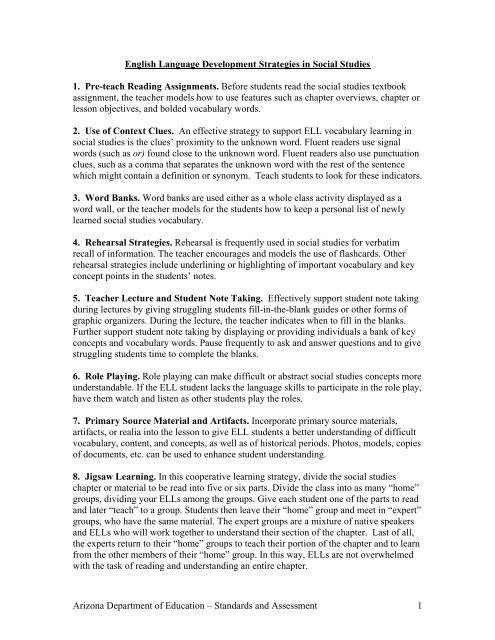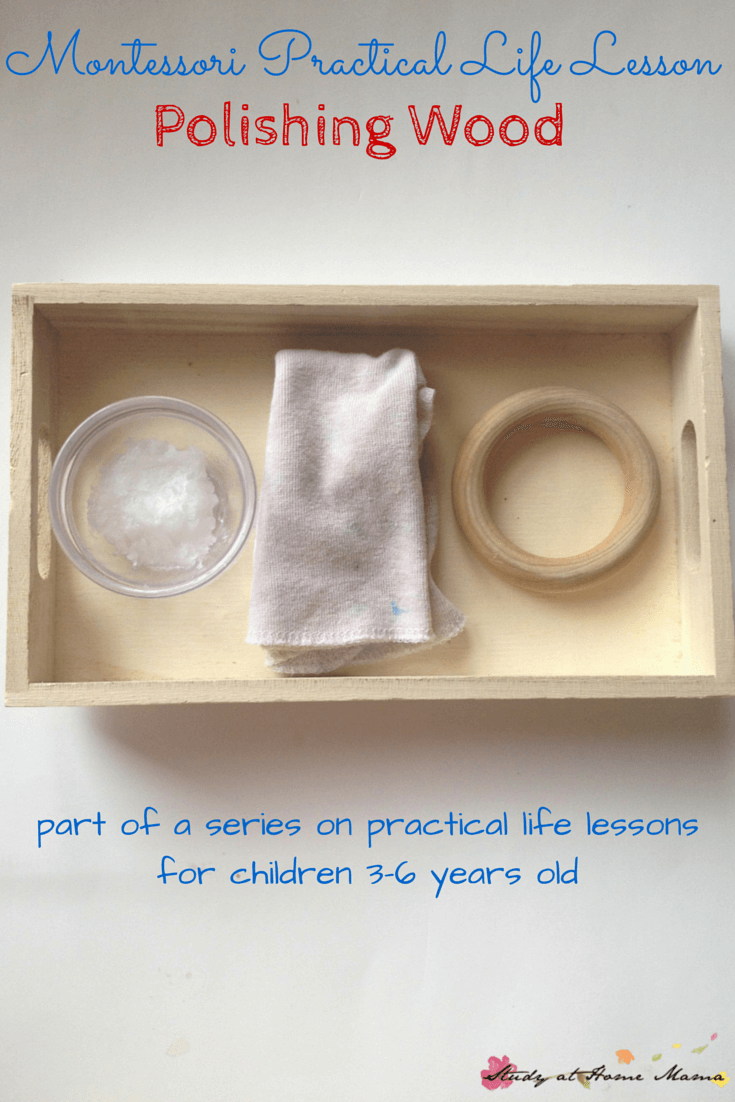
Navigating the Path to Proficiency: Language Development Strategies
Language development is a multifaceted journey that significantly influences various aspects of a person’s life. Implementing effective language development strategies is essential for individuals, educators, and parents seeking to cultivate strong communication skills. This article explores key strategies that contribute to the development of language proficiency.
Early Exposure and Immersion: A Foundation for Success
The foundation of language development begins with early exposure and immersion. Infants and young children absorb language effortlessly when surrounded by it. Parents and caregivers play a vital role in creating a language-rich environment by talking, reading, and singing to their children. This early exposure lays the groundwork for linguistic skills to flourish.
Interactive Reading: Building Vocabulary and Comprehension
Interactive reading is a powerful strategy for language development, particularly in young learners. Reading books together and engaging in discussions about the story enhance vocabulary, comprehension, and critical thinking skills. Encouraging questions and reflections during and after reading sessions fosters a deeper understanding of language nuances.
Conversation and Communication: Everyday Practice Matters
Language development thrives on regular conversation and communication. Encouraging children and learners to express themselves verbally promotes fluency and articulation. Engaging in meaningful conversations not only expands vocabulary but also hones listening skills, fostering effective communication in various social contexts.
Play-Based Learning: Language Flourishes in Play
Play-based learning serves as a dynamic platform for language development. Whether through pretend play, games, or interactive activities, children naturally experiment with language in playful scenarios. This strategy not only makes language acquisition enjoyable but also allows learners to explore diverse linguistic expressions.
Utilizing Technology: Interactive Tools for Language Learning
In the digital age, technology can be a valuable ally in language development. Educational apps, interactive language games, and online resources provide engaging platforms for learning. Leveraging technology as a supplementary tool exposes learners to different accents, languages, and cultural contexts, enriching their linguistic experience.
Multilingual Exposure: Embracing Language Diversity
Exposure to multiple languages broadens language development horizons. Bilingual or multilingual environments contribute to cognitive flexibility and an enhanced understanding of linguistic structures. Encouraging learners to embrace language diversity fosters a more inclusive and globally aware perspective.
Structured Language Activities: Targeting Specific Skills
Structured language activities designed to target specific language skills are essential components of language development strategies. These activities may focus on grammar, syntax, phonetics, or other linguistic elements. Tailoring activities to address individual needs ensures a comprehensive approach to language proficiency.
Encouraging Writing and Expression: Language in Written Form
Writing is a powerful tool for language development, enabling individuals to express thoughts and ideas in written form. Encouraging regular writing practice, from journaling to creative writing exercises, refines language skills and enhances the ability to articulate complex concepts.
Cultural Engagement: Language in Context
Language development extends beyond grammar and vocabulary to cultural engagement. Exposure to literature, music, films, and traditions from different cultures enriches language comprehension. Integrating cultural elements into language learning creates a more immersive and meaningful experience.
Language Development Strategies: A Lifelong Endeavor
In conclusion, language development is a lifelong endeavor shaped by a combination of intentional strategies and everyday practices. From early exposure to immersive experiences, interactive reading, and play-based learning, the strategies outlined contribute to a comprehensive approach. To delve deeper into effective language development strategies, visit igaseng.com for valuable insights and resources.




